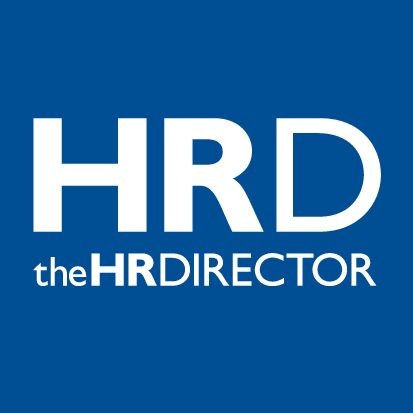HAVING A WEALTH OF WELLBEING INITIATIVES IN PLACE DOES NOT MEAN AN ORGANISATION HAS A COHESIVE AND EFFECTIVE WELLBEING STRATEGY. WITH INCREASING ONUS ON THE IMPORTANCE OF WELLBEING AND HEIGHTENED EXPECTATIONS OF WHAT EMPLOYERS SHOULD BE PROVIDING, FOR MANY ORGANISATIONS, THERE ARE SOME TOUGH QUESTIONS TO BE ASKED ABOUT CURRENT SUPPORT PROVISIONS, THE RATIONALE BEHIND WHAT IS IN PLACE AND WHETHER THEY REALLY ARE EFFECTIVE, APPRECIATED AND SUSTAINABLE.
Samantha Williams, Senior HR Business Partner – Arla Foods Ltd
Ruth Banks, Head of Leadership & Behavioural Change – Home Office
Sharon Midwinter, Wellbeing & Benefits Lead – Natwest Group
Jonathan Best, Chief Customer Officer – Goodshape
Ellen Dhanda, Group Head of Wellbeing – RSK
Kajal Saxena, HR Manager – Tata Consultancy Services
Iona Rodger, Assistant HR Director – University of York
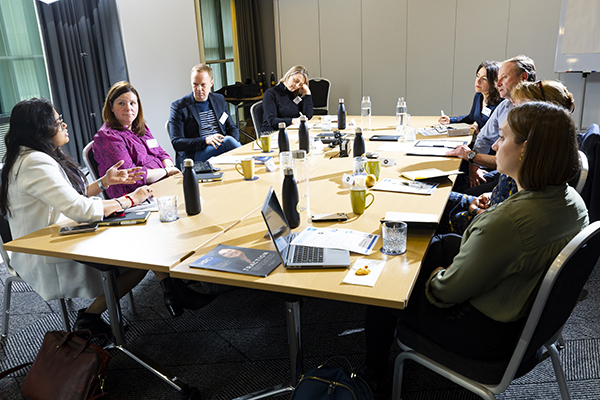
DOES YOUR ORGANISATION CURRENTLY APPROACH WELLBEING AS A STRATEGY?
Sharon Midwinter: We’ve a mature wellbeing proposition and were quite early adopters in smashing stigmas around mental health. We have a four-pillar strategy with mental, physical, social and financial wellbeing with propositions, support tools and interventions under each of those. During the pandemic, the bank invested heavily in wellbeing support and it was easy to greenlight more. We invested in things that were really valuable at a point in time, but then we’ve never stripped things away, so now the range needs consolidating.
Iona Rodger: It’s fragmentation that is our challenge, we’ve a good range of initiatives, but on the website, it’s not very clear whether you should go to the employer assistance programme, or occupational health. Encouragingly, the University has a compelling vision and health and wellbeing is very much aligned, so we’re aiming to have a coherent offer and bring that to life, collaborating with colleagues in health and safety and student wellbeing, to bring this all together.
Samantha Williams: Our framework also has four pillars – headed as Stronger People – it comprises Eat, Feel, Move and Work Stronger. We have lots of initiatives under each pillar with a network of wellbeing champions and mental health first aiders across functions. We are now at a point of review to identify how we make all of our offerings and resources coherent and relevant to everyone. It’s about ensuring we invest in a way that optimises the agenda and makes it inclusive.
Kajal Saxena: Wellbeing has to be a culture and that culture has to be developed within the organisation from the start. We have our in-house initiatives and each geography has different strategies. The variety of offerings is huge and gives us a lot of strength and breadth in wellbeing, including social, mental and financial. Towards each of these pillars, we have initiatives that are linked and we roll out each of them, based on different themes. A new challenge is how to make sure what is on offer is equitable and available to everyone, whether they are working from home or in one of our offices.
Ellen Dhanda: We have five pillars of wellbeing; social, financial, physical, emotional and environmental and I ensure each initiative or training is related to at least one of them, but my focus is on making it all futureproof and I’m looking at how to consolidate and streamline towards a cohesive group initiative. Personally, I’ve focused on elements of strategy before, but I haven’t had to provide one for 13,000 people globally. We have an employee systems programme, which is our main wellbeing support service outside of the team. A challenge is, there’s a line between how much we want to inform our strategy, versus how much personal information people are willing to share with us.
Sharon Midwinter: Organisations spend five times more on reactive than proactive. Therefore, the cost is in absence and presenteeism, when the spend could be invested in resilience training or measures that can stop issues moving to crisis point. That’s been a real focus for us in terms of thinking about where we prioritise our resources going forward.
Ruth Banks: The volatility and uncertainty that we face in society these days means as a Department of State, we need to define those priorities that help our teams achieve sustained performance over the next five-to-ten years. Agility, resilience and prevention are critical for us, at an organisational level and for our people. The wellbeing strategy sits at the heart of helping the Home Office succeed, it needs to be fundamental to performance. The wellbeing strategy is owned by the Board and we have active networks across the organisation and the relationship between managers and employees is key.
Jonathan Best: Wellbeing is vast, but it isn’t something that legally you have to do, in the way that traditional occupational health is mandatory. Wellbeing is something that we all know we should do and it’s increasingly important to the employee brand proposition and certainly more important to certain demographics than others, which can be a challenge. Younger people are expecting their employer is going to play a meaningful role in supporting their health and wellbeing, because they feel “if I can’t be healthy at work, I can’t be healthy in life”. A lot of older managers who didn’t have health and wellbeing support early in their careers are not resistant to the idea of wellbeing, but often don’t find it intuitive. If you think about what organisations have historically done with health and wellbeing, it has been limited to support with paid time off and maybe with private medical insurance. But there is little understanding of employee health on an individual level. More understanding can lead to more target-specific support and you would want to be able to measure how many of that target group of employees used the enhanced offering and what results were achieved. But of course, that also involves you as an employer having some personal health data and using that in ways that employers have never done before, and concerns about data and compliance are justifiable. So, this is where having an independent third party between the employee and the employer is important, where the sharing of data can be achieved more safely and confidently. With aggregated and anonymised data, employers can understand the health profile of their people and target support accordingly. Without that conduit, there’s a huge burden of expectation on managers and many are not very well equipped to deal with that.
Sharon Midwinter: We’ve been having some interesting conversations with our privacy team about how we use anonymised data that is for a big enough subset of people that you can’t individually recognise, along with predictive analysis, which points to potential hotspots of mental ill-health in the future. We’re trying to use the sentiment analysis we gain from our staff opinion and pulse surveys, combined with usage data garnered from wellbeing benefits and services. We’re also overlaying that with things like our Microsoft data, which shows, for example, how many hours you’ve spent in meetings and how many emails you’ve sent and received.
Jonathan Best: One of the problems is the plethora of wellbeing suppliers that organisations have brought in. The average is 35 and if each of them is collecting data about your people, then taking any input from them – that is specific to the employee – means that in combination across numerous suppliers, you would almost certainly be able to profile and identify the individual. Because of this, most organisations are not gaining data on which individuals are doing what with each service – and very high-level utilisation or engagement data is of no value – especially as on average, the engagement with each wellbeing supplier’s offering is typically only seven percent.
Kajal Saxena: We also have anonymous employee surveys and this is key to informing how we build and modify initiatives and strategies.
Samantha Williams: In our employee satisfaction survey, under wellbeing, we also measure how colleagues perceive their workload – in terms of whether it is reasonable – and if they are able to achieve a level balance between work and personal life. We also have a measure of whether they feel the company cares about their health and wellbeing. For me, it’s about focusing on the workload elements, but also balancing with the proactive health and wellbeing initiatives, as the two areas are linked.
Jonathan Best: With detailed information about each employee’s reason for absence, being able to code into a very granular set of health reasons is hugely informative. We can also direct the unwell employee to the service that’s relevant to them, based on an assessment of the symptoms that they report. This leads to aggregated data revealing what health issues are being experienced and whether people with a given issue are utilising the wellbeing service that is supposed to address it. All of that is possible, without the employee’s individual data being available to the employer through a machine learning model, that analyses absence data to predict which individuals are heading for long-term absence or even attrition within the business, based on health issues.

WHERE DOES RESPONSIBILITY FOR WELLBEING INITIATIVES AND BUDGETS CURRENTLY LIE IN YOUR ORGANISATION?
Sharon Midwinter: While my team owns the core wellbeing proposition, wellbeing has to be something that impacts everybody in the organisation. Our objective now is to link things together in a coherent strategy and, rather than mental health first aiders, we’re developing wellbeing champions, passionate people who care about wellbeing. This is over-arched by a Wellbeing Implementation Committee, with representatives from all the big areas of the business. Then we have that whole external ecosystem of 40- plus external suppliers in the wellbeing and benefits space.
Ruth Banks: We have a great network of wellbeing champions, with groups based in different business areas that are set up and run initiatives. There are some really good ideas, but the challenge we have is ensuring we are clear on what we are measuring upfront, so that we can determine if it’s a good investment and if the initiatives really are impacting people’s lives for the better.
Ellen Dhanda: Leaders need to show they are also human beings. Our approach is to give managers the tools if they feel comfortable to have those conversations, but if they don’t, we don’t make them feel bad for not wanting to.
Jonathan Best: When we encourage people to talk openly, we’re creating expectation that we are going to do something about it. One of the biggest negatives in survey results is when there is no action. Another issue is balance and where do we draw the line between what issues we will help with and those that we won’t. For instance, work-related stress is a mental health issue that most organisations would agree they should be seeking to address. Whereas schizophrenia is a mental health issue that most employers would say is beyond their remit. Between those two points there are a range of mental health conditions – and organisations are going to have to decide which of them they want to help employees deal with. Then looking at presenteeism – people working when they aren’t fully fit – data shows that it’s a fastgrowing issue and hybrid working has complicated the picture.
Sharon Midwinter: We’ve just launched some new mental health training for our whole colleague population, some of which will be mandatory for line managers. We’ve had 1,200 people voluntarily engage and essentially, it’s in different modules with the purpose of spotting the signs of mental health in both a face-to-face and remote environment. It’s about how to have a good conversation, how to signpost people and how to air the really difficult to discuss issues. Now we have to consider what the impact of that will be and how we are going to measure success.
Samantha Williams: For employers with multi-generational workforces as we are, the challenge is how to engage with the differences in demographic. We need to consider how we upskill leaders in terms of their own levels of comfort, because supporting an environment where people share vulnerabilities can create a complex situation for a leader to navigate.
Ruth Banks: Agreed, we aspire to create an inclusive safe space, where everyone can be themselves. When people talk very openly about challenging personal experiences, it can put a lot of pressure on managers to contain those conversations and safeguard those people who are sharing. We need to do more towards better self-understanding and that of others, so that we are conscious of trigger points and can help people find the support they need.
Samantha Williams: Completely agree, we use Goleman’s model of understanding and managing self-first before looking to understand and manage relationships with others. It’s a really powerful tool and has created some very interesting dialogues.
Sharon Midwinter: Not only do we need to be mindful of the risk to mental health first aiders, wellbeing teams need to be cared for too.
Jonathan Best: There are so many wellbeing offerings and such a wide disparity of employee expectations about what an employer should provide. The danger of asking people what they need is that you then can’t provide all the things they ask for.
Ellen Dhanda: We have to take real care not to put yourselves and others in real emotional danger. We need to empower people to say: “I’m not really equipped to have this conversation,” because boundary issues occur and understanding those boundaries is very important.
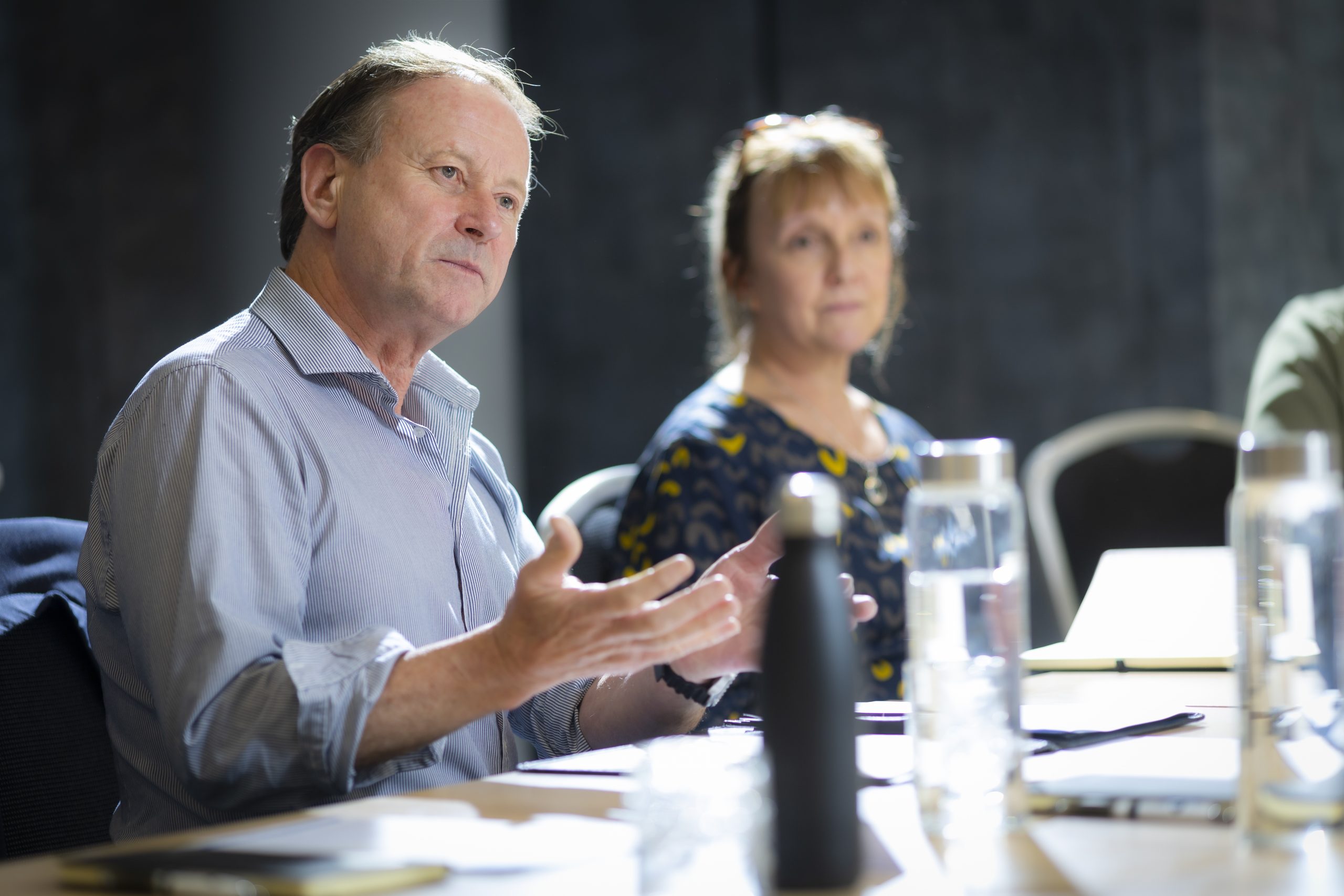
IS IT A CASE OF SHARING THE LOAD, AS OPPOSED TO LINE MANAGERS BEARING THE PRESSURE? ALSO, WHO DECIDES ON THE OPTIONS?
Kajal Saxena: We have different networking teams which are given the empowerment on what they would like to do from a wellbeing perspective. Because these are the people who mostly interact with the population that have challenges and concerns, which have been reported to them, we give them that empowerment to develop programmes and projects, which they feel can work for the geography they are operating in. We also have our in-house corporate programmes and a very robust mechanism of how we can exchange internal feedback.
Samantha Williams: Our health and wellbeing budget and investment in the UK sits across multiple areas and stakeholders; health and safety, occupational health & EAP, rewards & benefits, for example, reward gateway. A small central budget sits with me and any new initiatives over and above this requires a business case requesting investment.
Sharon Midwinter: It’s tempting to jump at any exciting looking initiative, but there’s a need for pragmatism and to take a reality check when a gap appears, to see if there is anything in one of our flex benefits providers that is not being utilised that could be adapted. We have to consider, what are our competitors in this space and do we need to be doing this? Where do the boundaries lie between what is an employer’s responsibility and what isn’t? Have we the money to do it and is there going to be a demonstrable return-on-investment? Then you have to look at risk and whether we have the resources. Finally, it’s about looking through a DEI lens and, from an environmental, social and governance lens – is it good for the planet and sustainable?
Jonathan Best: Indeed, the ‘S’ in ESG is ‘social’ and is not as well-defined as the Environmental and Governance elements – especially as there isn’t a defined metric to measure what good employee health and wellbeing looks like.
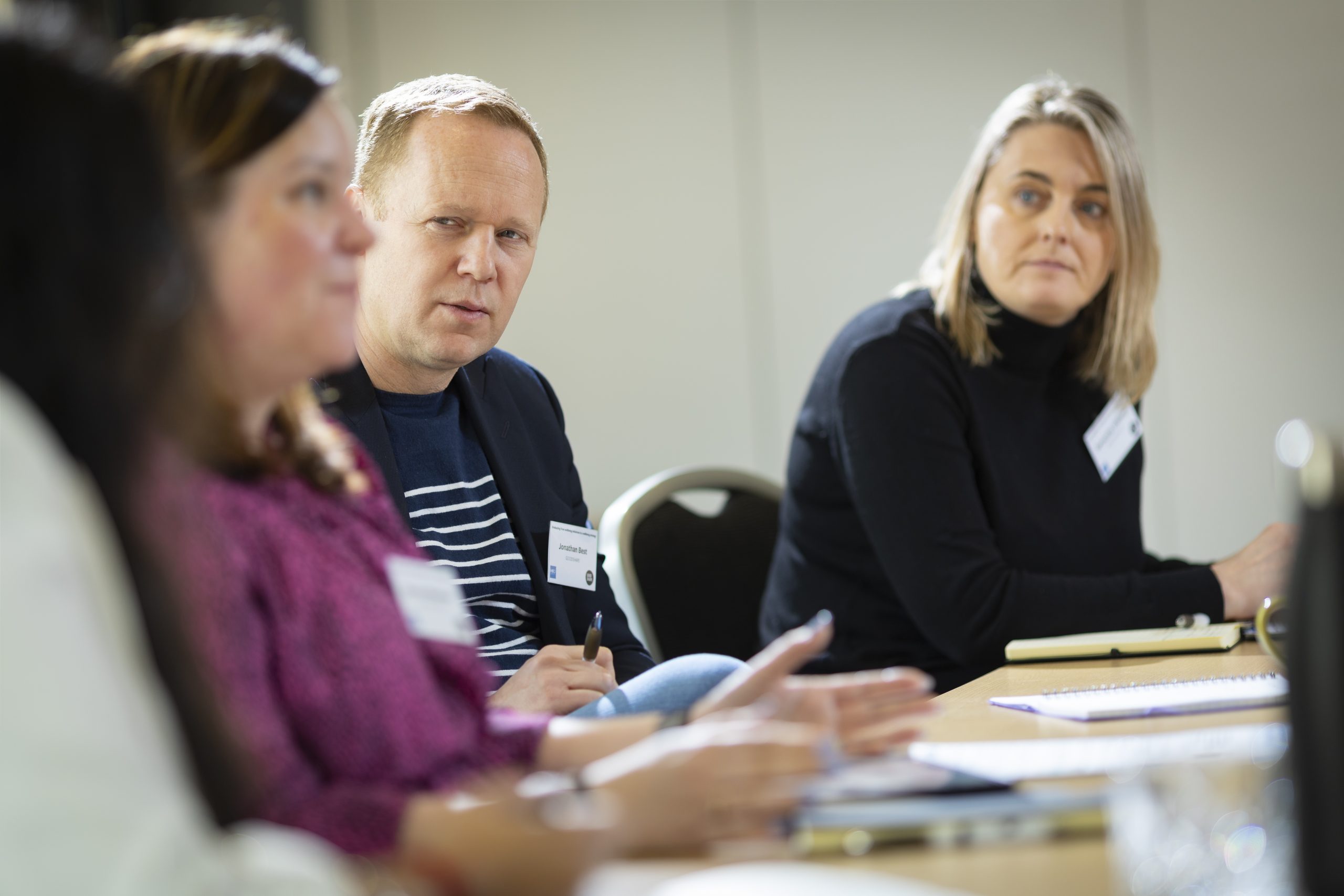
IS THERE A DANGER THAT DATA CAN MISLEAD? CAN WE REALLY RELY ON SENTIMENT OR ARE THERE STILL CONCERNS AND TABOOS STOPPING PEOPLE FROM BEING HONEST?
Ellen Dhanda: Some questions we ask at interviews for new starters do not require mandatory answers and some questions we cannot ask, due to cultural sensitivities of being a global company. Even trying to introduce different categories within the sickness category – as an example, mental health – could be challenging, because many people are not going to say that struggling with their mental health was why they were absent. Leaver data is important too, but garnering it can also be challenging and relies on managers to conduct exit interviews and put the pertinent and useful data on the system.
Jonathan Best: One of the challenges here is that other than survey data, which reflects sentiment, it’s really difficult to collect data on the population level across the business at any scale about health and wellbeing. Absence is probably the best metric available, because it’s a leading indicator of a lack of wellbeing. The fundamental thing that absence data allows you to do is pivot back to root causes, because if you can ask people smart questions about why they are absent, they start talking about health issues. That then allows you to start to build that understanding of what is driving the absence, and when you understand that at an aggregated level, you start to know what things you need to put in place to address the health issue that has created the absence. The other benefit of using the absence process is that – at least in the UK, though not in all countries – you are expected to give a reason for your absence.

HOW REGULARLY DO YOU REASSESS THE LEVELS OF SUCCESS AND EMPLOYEE ENGAGEMENT AND WHAT FAIL-SAFES DO YOU HAVE IN PLACE TO FLAG, PARTICULARLY ATRISK EMPLOYEES?
Ellen Dhanda: Our engagement in surveys is challenging because a lot of our staff are site-based, so we’ve just introduced a new internal intranet which should make it easier for people to engage. We’re even trialing pop up stands to go out to sites, to just raise awareness, show that we actually exist as a team and that we’re not robots or chatbots. In terms of fail-safes, we are particularly mindful about at-risk employees and make sure that certain words and phrases are banned from internal conversations.
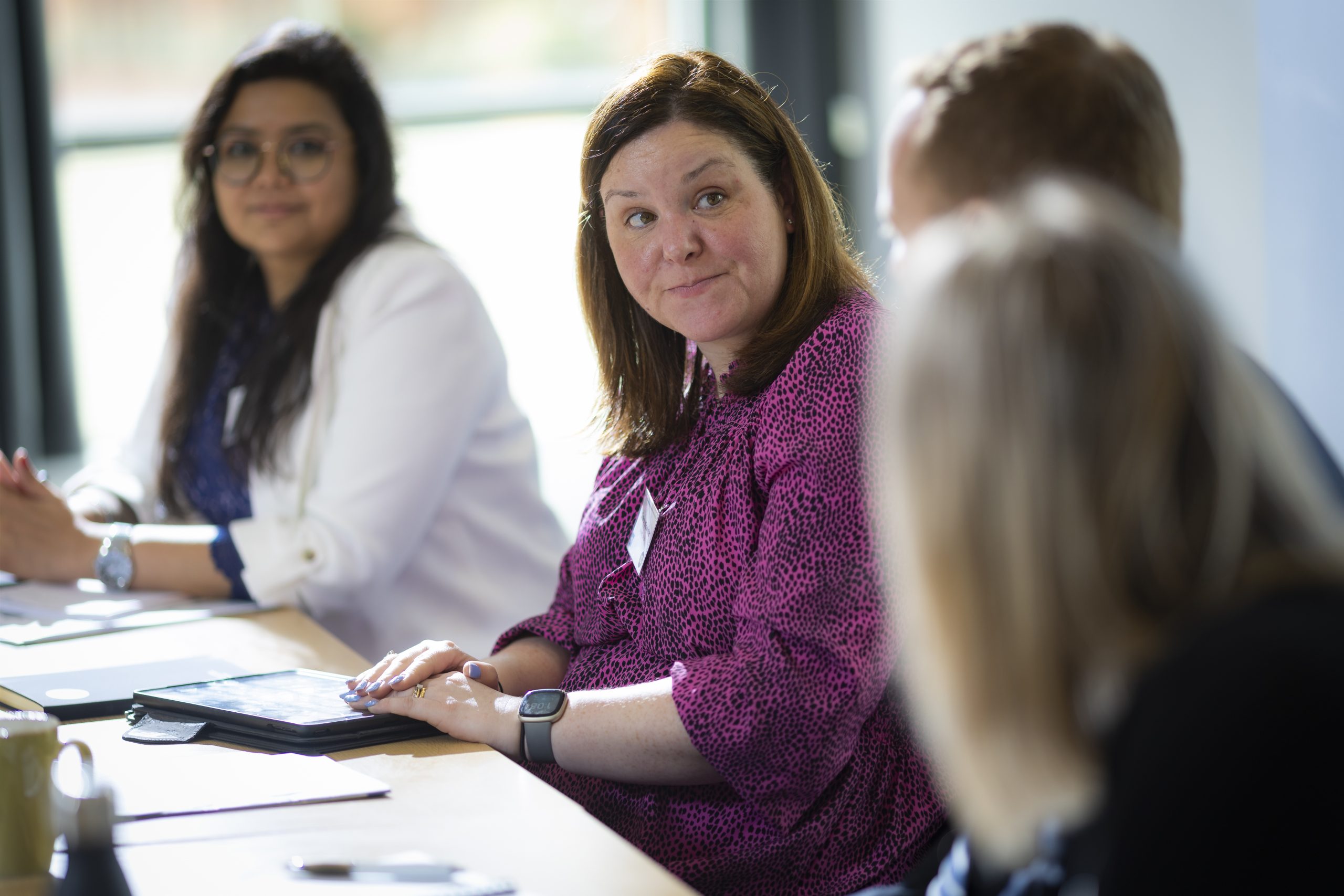
IF YOU QUANTIFY SUCCESS AS MEANING A BIG UPTAKE IN OFFERINGS, DOES THIS NOT SUGGEST THAT THERE ARE PROBLEMS ELSEWHERE?
Sharon Midwinter: I always feel really conflicted about success in this instance. For example, looking at EAPs, is it a good thing that lots of people are using? Obviously, you want to be showing value for money from the service you’re providing, but surely the preference should be people not needing reactive support in the first place.
Jonathan Best: Ideally, you want to have a sustainable level of usage and be able to show that it is leading to reduction in cases and the knock on impacts of ill health and wellbeing, and this brings us back to data. In terms of engagement, any initiative has to be available to people at the time that they need. One of the problems that you often have with a lot of these kinds of EAP and other services, is that they yield quite low engagement and you don’t know whether the right people are engaging at the right time.
Sharon Midwinter: We have a wellbeing sponsor for the organisation who happens to be our Head of HR – more by coincidence than by design, as it could have been any of the ExCo. We also have DEI and disability sponsors and we are really benefiting from great buy-in across the C-suite. In turn, they expect us to report on the metrics, to ensure we are seeing return-on-investment.
Samantha Williams: We are a farmerowned business and therefore we have to ensure that any investment is delivered against our values and mission, this includes any investment into health and wellbeing. This reinforces the importance of having robust data points to show the links between health and wellbeing, engagement and productivity. It’s really key to gaining investment, but it’s also important to commercialise the agenda, so that it becomes a part of the way we do business and creates relevance amongst our leaders, including C-suite. In the UK, we have a really unified and supported approach to health and wellbeing, where all our efforts are anchored to our health and wellbeing framework – therefore reinforcing the impact and scale of the agenda – and creating a common language and driving a ‘common experience’ across colleagues. This is a key component in driving the cultural change we have seen and demonstrates an open relationship with the leadership team.
Iona Rodger: Our challenges arise around the topic of workload and we need to address this as a priority. We will perhaps struggle to gain traction on anything else until we’re perceived to be addressing the workload issue. It’s a clear concern raised by trade unions and colleagues at the university, but also consistently across the higher education sector. So we have to understand and work to address these challenges and concerns.
Sharon Midwinter: If someone is doing a job that is genuinely asking too much of one individual, when they hear a message of, “but you can go and do some mindfulness,” it actually just makes them more angry, because they feel they’re not being listened to.
Ellen Dhanda: It tends to be middle management that struggle. On top of a hectic workload, if they are being asked “to have better conversations”, that’s where you can have resistance and people start asking, “is this really a part of my job and my responsibility?”
Sharon Midwinter: It has to start at the top. In the UK business, one of the gamechangers which helped us move the dial on the health and wellbeing agenda was the investment and immersion of our senior leaders. We invested in our top 70 leaders who we call the Change Leaders Forum and included access to health monitors profiling their heart rates and performance, rest, recovery, coupled with food intolerance testing. This provided a fantastic array of data, which when paired with a professional performance coach, gave them challenge, insight and inspiration as to what interventions they could put in place.
Samantha Williams: I agree, but I also think it needs constant investment. I don’t think you can ever just do it once. People change, new crisis arise, pressures are placed on both people and leaders and therefore refreshers and investment is key.

HOW WELL DOES YOUR CURRENT WELLBEING SUPPORT PERFORM IN ATTRACTING AND RETAINING THE BEST TALENT?
Sharon Midwinter: We’ve just started to be a bit more public in terms of what we have planned on wellbeing support. We now have a wellbeing section on our careers page, which is like a curated version of what colleagues will be able to access. Also, our annual report and accounts reports talk a lot more about the wellbeing space.
Ellen Dhanda: We have revamped our careers page, in which we talk about our employee networks, about our EAP and our culture. We also have a live RSK page on which employees can share their experiences of actually working within the company. It’s great that we’re publicising it. We’re now trying to say, “this is something we do and we want to be an employer of choice.”
Jonathan Best: There’s definitely a marketplace starting to emerge in terms of employee brand propositions, in regards to wellbeing and attraction. Especially for younger generations, there is a real expectation of what is provided as part of compensation and benefits and increasingly playing an active role, in promoting and helping sustain a healthy lifestyle. Now, the big challenge is meeting expectation, which is important to retention of talent. There is no doubt about the link between attrition and a lack of health and wellbeing support. Back to data, people don’t understand what extent attrition is attributable to or at least partially influenced by health and wellbeing issues. There is data that you can capture about that, but not everyone does. Of course, if you can identify people who have health and wellbeing issues and address them before they decide to leave, you’re going to reduce your health-related attrition. Going back to leaders, buy-in and budgets, you have to make execs understand the size of the problem. It’s often felt that a given level of health problems and related absence is unavoidable – but actually, small improvements can have a big financial benefit. It’s also good to have some credentials on the ROI, and I would also advocate taking a hard look at spend on occupational health and what you are gaining from that. A lot of organisations fund other investments that they want to make, by looking at occupational health refactoring it into more modern solutions and, at the same time, dealing with that build-up of long-term absence, which should be addressed by occupational health, but very often isn’t. The reality is, we have the capability to identify all of the issues we have discussed today early enough, to make the right interventions before symptoms turn into serious problems that impact attrition, attraction, performance and engagement. Not to mention the good health and wellbeing of our most important asset, our people.
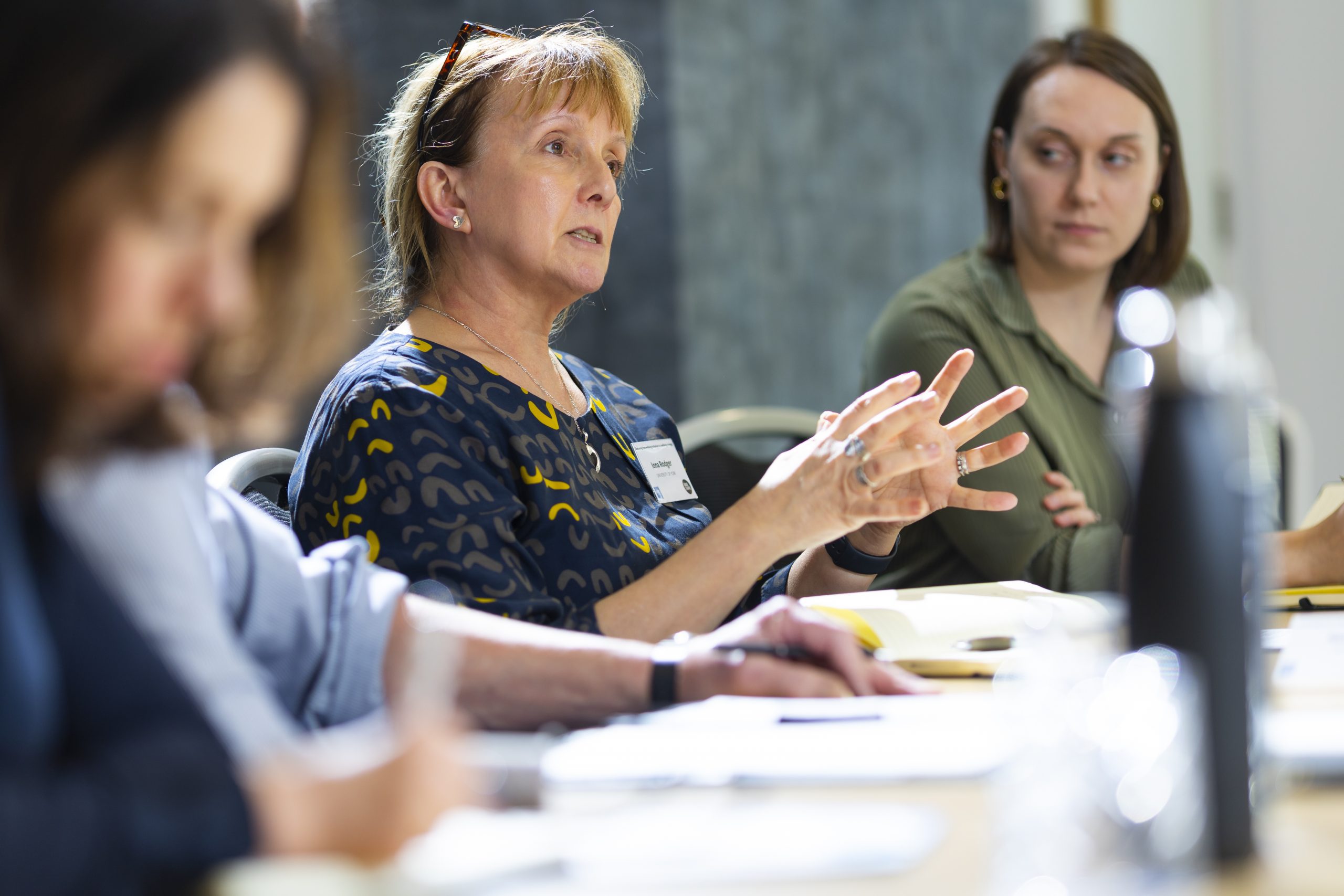
FOR FURTHER INFO WWW.GOODSHAPE.COM

